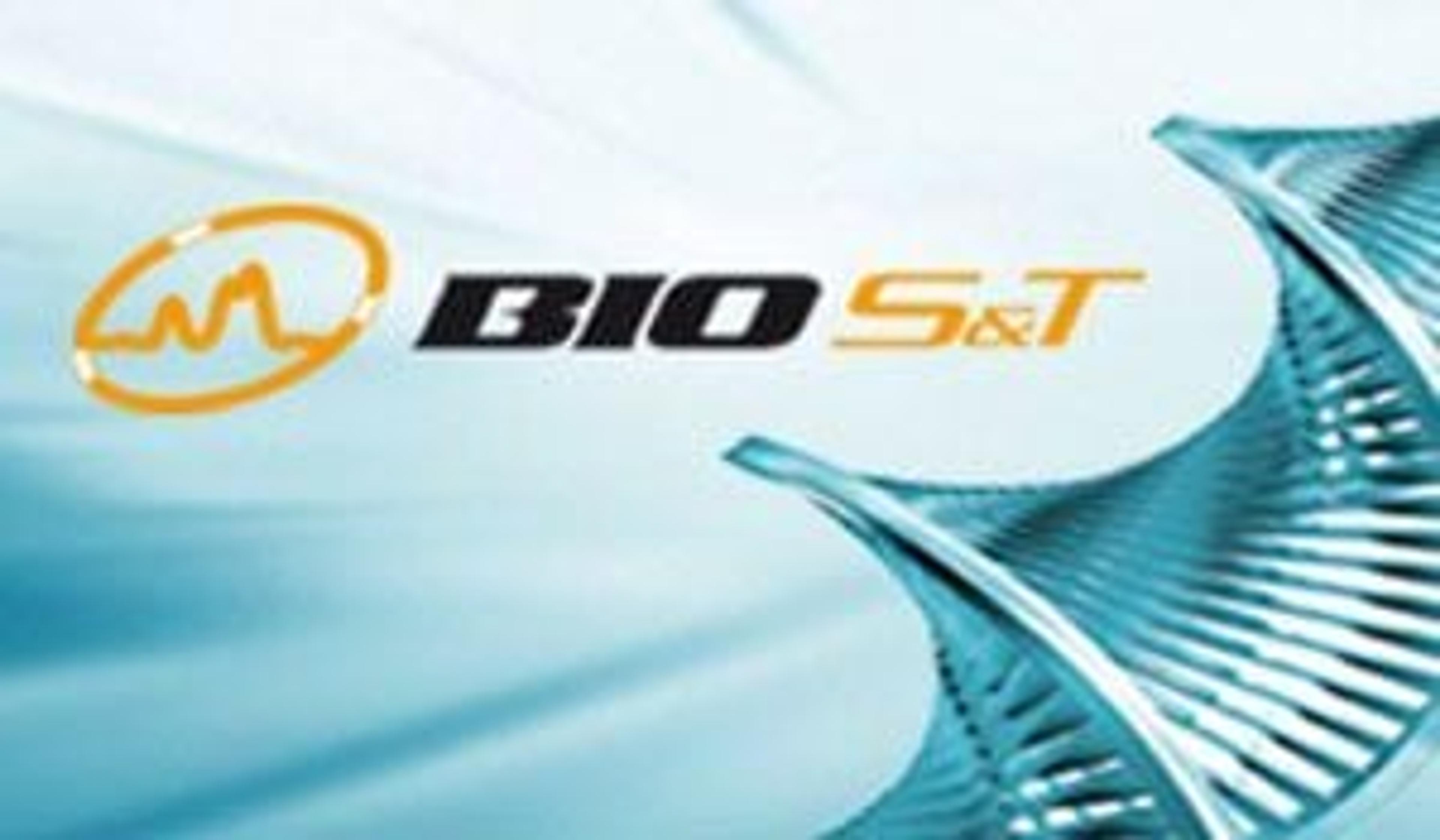Fosmid Library
Bio S&TFosmid clones are similar in size (ca. 40kb) to cosmids, but, like BAC clones, they contain replicons derived from the F factor for DNA replication and segregation. Because of this property, they are present in low copy number and consequently more stable than cosmids. Also, the copy control vector can be used for easy DNA purification from fosmid clones. Fosmid libraries are commonly used for closing gaps in a whole genome se…

